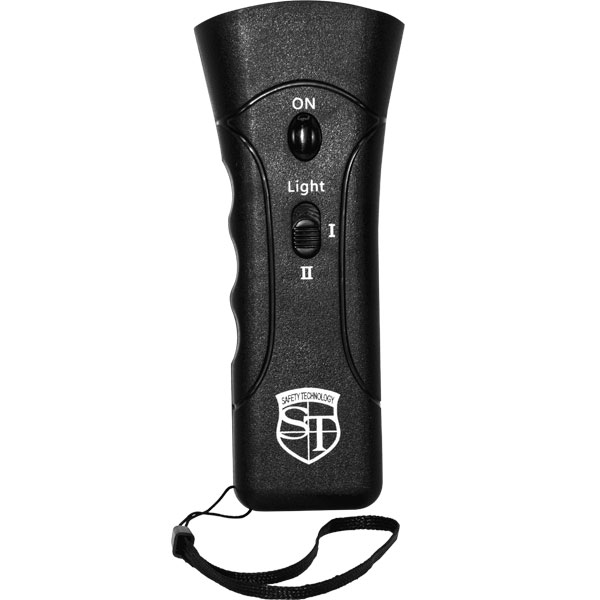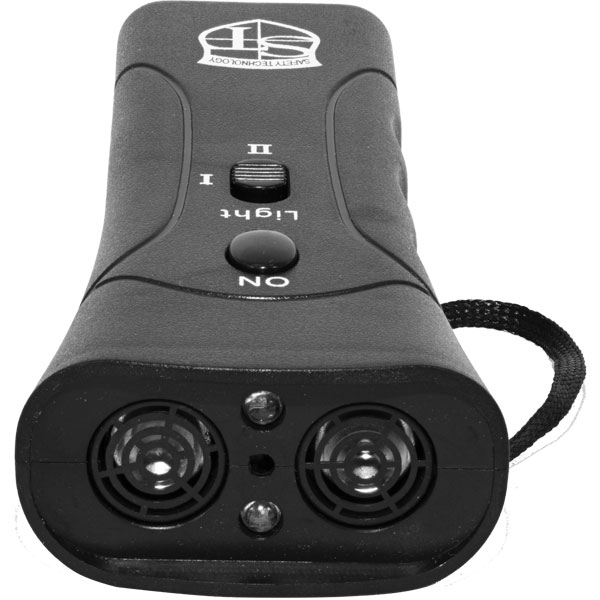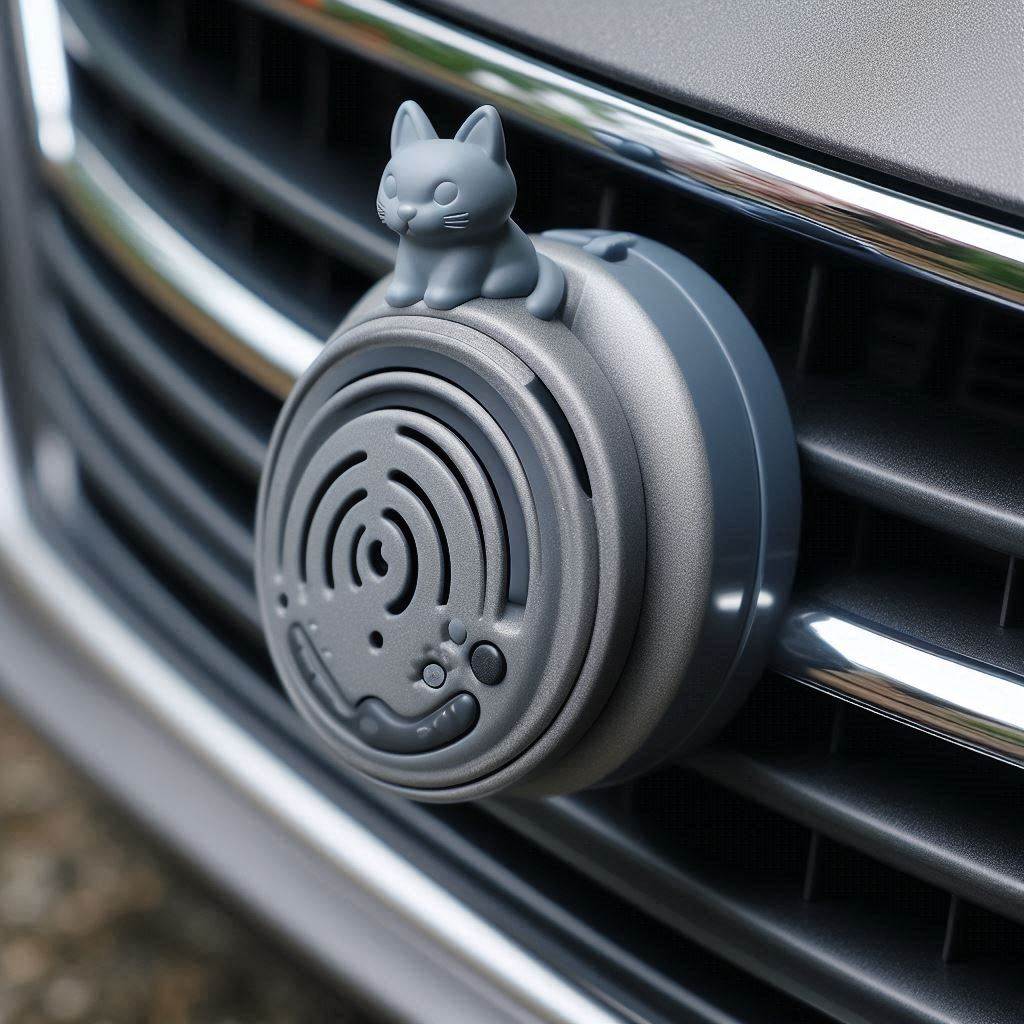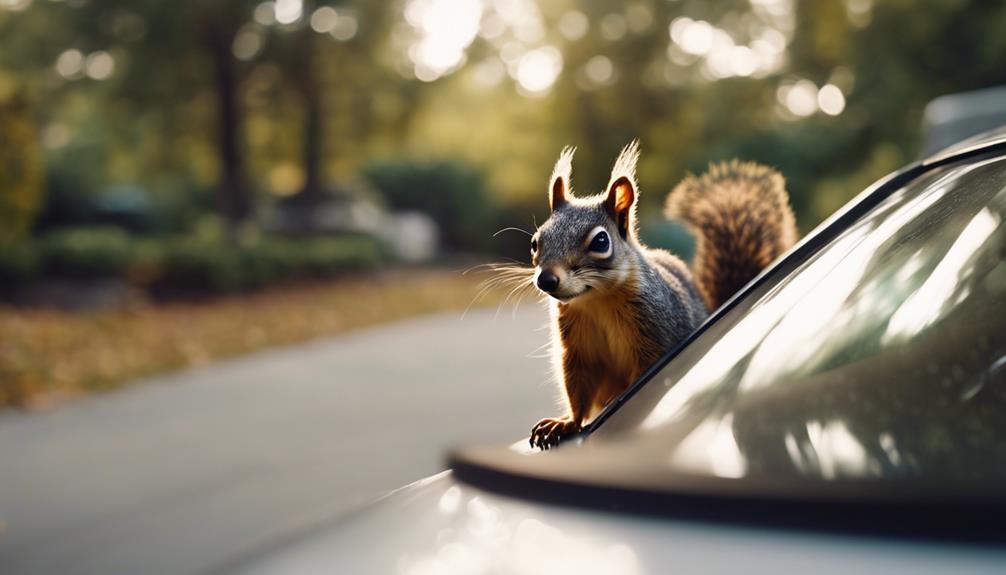
Brainstorm Security Shop

For Orders Over $199

On Any Of Our Products

Details On Refund Page
You’ve likely experienced or heard of the frustrating damage animals can cause to cars, from scratches to more severe issues like chewed wires. With a variety of repellents on the market, from high-tech ultrasonic devices to simpler, natural options like essential oils, you might be wondering which is the most effective to protect your vehicle without causing harm to the animals. It’s important to consider not only the type of animal repellent for cars and people you love but also the environmental conditions of where you park. Curious about how these solutions stack up against each other and what might be best for your situation?
Why are animals drawn to your car?
It’s a question that might puzzle you as you notice paw prints on the hood or find critters nestled under the chassis. The answer often lies in the innate curiosity of animals and the various attractions your car inadvertently offers.
Firstly, your car is a source of warmth. After a long drive, the engine remains warm, providing a cozy spot for animals, especially in colder months. Cats, for instance, are known to seek refuge near or under warm engines.
Secondly, your vehicle can also be a shelter. Small animals like squirrels or chipmunks might find the nooks and crannies of your car perfect for hiding from predators or harsh weather conditions.
Moreover, food remnants inside your car or even the scent of food can attract animals. They’ve keen senses of smell and can detect the residue of snacks or fast food meals you’ve had in your car.
Lastly, the sheltered, undisturbed spaces like wheel wells or undercarriages are ideal for building nests.
Understanding these factors helps you see why animals may be frequenting your vehicle, and it’s crucial to manage these attractions to avoid potential damage or harm.
Now that you understand what draws animals to your car, let’s explore the different types of animal repellents for cars available. There’s a variety of solutions you can choose from, depending on your preference and the specific animal you’re trying to deter.
One common type is ultrasonic repellents. These devices emit high-frequency sounds that are inaudible to humans but extremely irritating to certain animals. You can easily install these gadgets in your car, and they’ll work to keep pests away without any mess or smell.
Physical barriers are another option. Think about installing wire mesh or specific car covers designed to prevent animals from accessing cozy spots in or around your vehicle. Not only do these barriers protect your car from animals, but they also help keep it clean from other elements.
Visual deterrents can also be effective. Flashing lights, reflective tapes, and even certain patterns on covers can scare animals away. Animals are generally cautious creatures, so unexpected visual cues can be enough to make them steer clear.
Lastly, consider natural deterrents. Certain smells, like peppermint or citrus, can repel animals. Hanging aromatic sachets or spraying scents around your car could be another simple yet effective strategy to consider.

Chemical repellents offer a powerful solution to keep animals away from your car, utilizing specific substances that animals find unappealing or irritating. These repellents come in various forms, such as sprays, gels, and granules, each designed to target specific types of animals like rodents, cats, or deer.
You might be wondering how they work. Well, these chemicals are typically made from ingredients that either emit a strong odor or create an unpleasant taste, which animals naturally want to avoid. For instance, some repellents contain capsaicin, the component that makes chili peppers hot, deterring animals from chewing on car wires or nesting under the hood.
When you apply these repellents, you’ll need to focus on areas where animals are likely to cause damage. Common spots include near the tires, around the engine bay, and along electrical wiring.
It’s crucial to follow the application instructions on the product to ensure effectiveness and reapply as needed, especially after heavy rain or snow.
You can also protect your car from animals by using physical barriers, which provide a robust line of defense. These barriers are designed to physically block animals from accessing your vehicle, making them a reliable option if you’re dealing with persistent wildlife intrusions.
One effective solution is installing underhood animal guards. These are mesh enclosures that prevent animals like rodents from nesting in your engine compartment, where they can chew through wires and cause extensive damage. You’ll find that these guards are relatively easy to install and can save you a lot of hassle and repair costs in the long run.
Another practical barrier is the use of car covers. Not only do they protect your vehicle from weather elements, but they also keep animals from scratching your paint or sitting on your windshield. Make sure you choose a cover that fits snugly around your car to minimize any gaps where smaller creatures might sneak in.
Lastly, consider using fencing around your parking area if you’re in a location with larger wildlife. This doesn’t have to be elaborate; even a simple, sturdy fence can discourage deer, bears, or other large animals from coming too close to your vehicle.
Besides physical barriers, natural repellents can deter animals from your car using scents they find unpleasant. You’re probably wondering what types of natural scents work best. Essential oils such as peppermint, eucalyptus, and lavender aren’t only pleasant for you but are also highly effective at keeping pests at bay.
You can soak a few cotton balls in these oils and place them strategically around your vehicle, especially near entry points like under the hood and in the trunk.
Another option you might consider is using predator urine. It might sound odd, but products containing the scent of predators like foxes or coyotes can be incredibly effective at repelling smaller animals and rodents. These are typically available in liquid form and can be sprayed around the perimeter of your car.
Don’t overlook the power of vinegar either. Its strong odor is a natural deterrent for many animals. Mix equal parts of water and vinegar in a spray bottle and apply it around your car, focusing on the tires and lower parts of the body.

Having explored natural repellents, let’s now focus on how to properly install and maintain these solutions to ensure they’re effective.
First off, you’ll want to carefully read the instructions that come with your chosen repellents. Different products may have specific requirements, so don’t assume one size fits all.
For sprays and liquids, apply them directly to the areas where animals typically approach your vehicle, such as the tires and lower car body. It’s crucial you reapply these products regularly, especially after rain or washing your car, as water can dilute their effectiveness.
If you’re using electronic repellents, the placement is key. Install them where they can best cover the area around your car, but also ensure they aren’t blocked by other objects. Check their power sources frequently, whether they’re battery-operated or solar-powered, to keep them running smoothly.
Maintenance is straightforward but essential. For physical repellents like mats or covers, clean them periodically to prevent dirt buildup, which can reduce their functionality.
No matter the type, always monitor the condition of your repellents and replace them as needed to maintain their effectiveness. Stick to a regular check-up schedule, and you’ll find managing these repellents is easier than you might think.
To accurately assess the effectiveness of your animal repellents, track any signs of animal presence or damage near your vehicle over several weeks. You’ll want to look for things like paw prints, scratches, or droppings around your car’s parking area. Use a notebook or a digital app to record observations daily. Note the type of repellent used, its placement, and any changes in animal activity.
If you’re using multiple types of repellents—like ultrasonic devices alongside chemical sprays—it’s crucial to evaluate each one separately. This way, you can determine which is most effective or if a combination provides the best results.
Don’t forget to check if weather conditions, like rain or snow, affect the repellent’s performance. Such factors could dilute or wash away chemical repellents or impact the functioning of electronic devices.
After a few weeks, review your notes. If you see a significant reduction in animal signs, the repellent is likely working. However, if there’s no change or an increase in animal activity, you might need to try a different product or method.
Always ensure the repellents are environmentally safe and humane, prioritizing solutions that deter rather than harm local wildlife.

To safeguard your car from animal damage, you’ll need to choose the right repellent wisely. Whether it’s chemical, natural, or a physical barrier, each has its strengths. Remember, the effectiveness largely depends on proper installation and regular maintenance.
Don’t hesitate to mix methods for enhanced protection. Test different repellents to see what works best in deterring animals from your vehicle. With the right strategy, you can keep your car safe from unwanted animal encounters.
